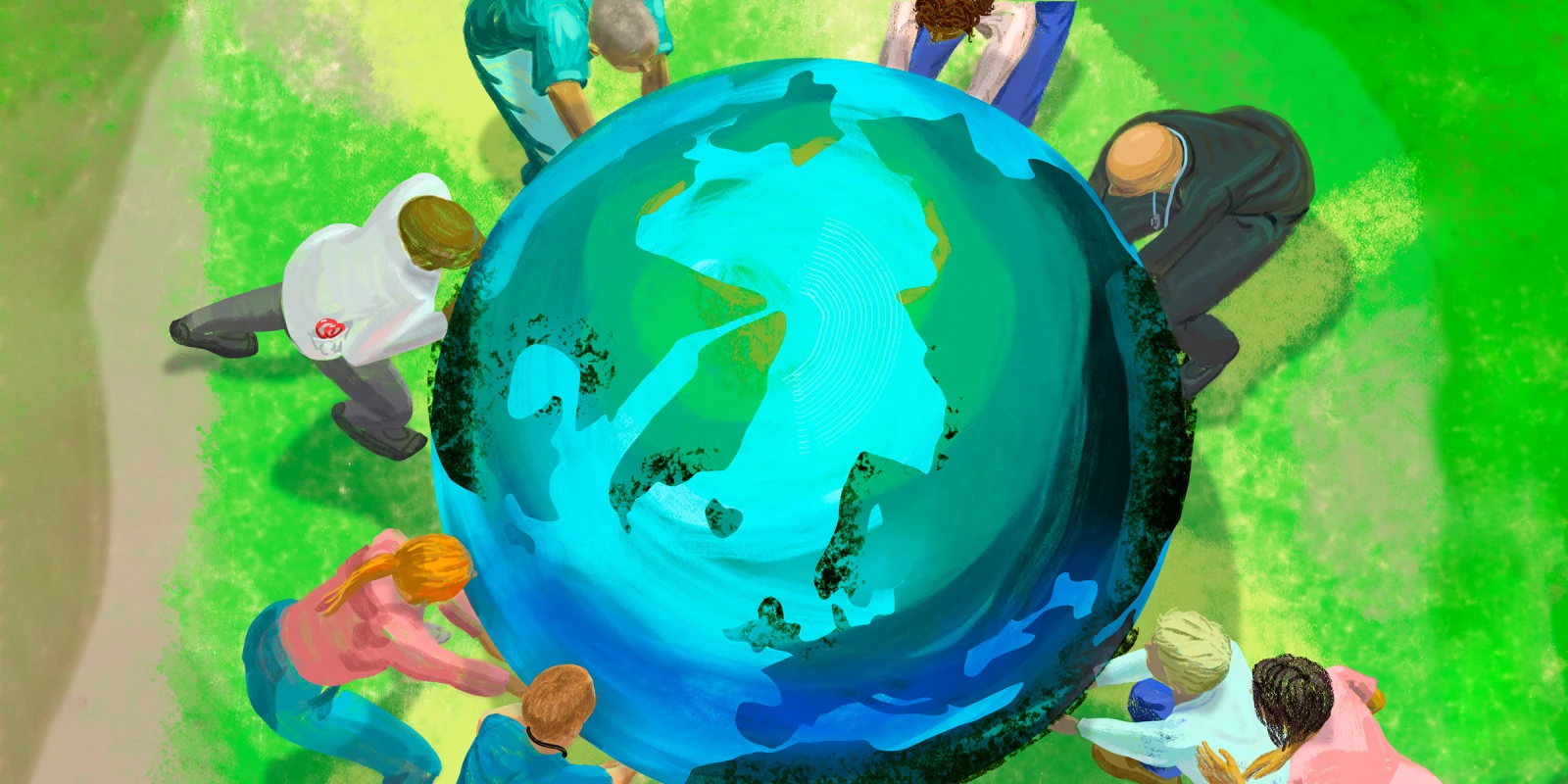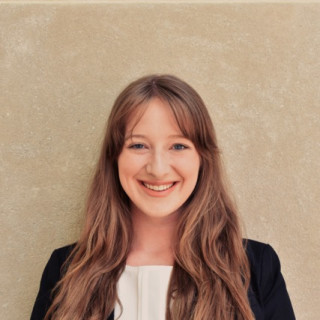Working in different locations can expose a clinician to different patient populations, intense challenges, and many learnings. Dr. Brian Strickland, an emergency and wilderness medicine physician, has been employed in places as disparate as Nepal and rural Alaska. Most recently, Dr. Strickland worked in Saipan, a remote U.S. territory in the Western Pacific, and the largest of the Mariana Islands.
Saipan hosts a diverse patient population, consisting of indigenous people (Chamorro/Carolinian), Pacific Islanders, and Chinese, Koreans, Filipinos, and Bangladeshis. While Dr. Strickland has plenty of experience treating different cultures, he has learned that each one is vastly unique. He learned about the people of Saipan and their culture while on the job, both from his colleagues and patients. “I learned how to talk with patients and do things like shared clinical decision-making,” he said. “It’s about figuring out not what's just right for treating their illness, but what's actually right for the patient.”
According to Dr. Strickland, the resources on the island are limited: There is only one hospital on Saipan, and no cath lab, cardiologist, or neurologist to rely on for issues such as strokes and heart attacks. Few approvals are made for patients to be medevaced to Guam, where they have more substantial resources. “You have to develop some skills that you wouldn't otherwise ever use in a larger hospital with consultants with a great deal of testing and things like that,” he said.
While working nights, Dr. Strickland would find he was the only doctor in the hospital. If an ICU admission was needed, he was the one to handle that decision, with only four beds available. “When you have three different patients that come in with chest pain, they all are fairly high risk, and you can only hospitalize one of them. Which one [do you admit]?” he posed. “I'm more confident in making decisions based on very little information.”
With minimal medical care available on the island, there is an abundance of untreated hypertension, diabetes, chronic kidney disease, and more among the population. This has led to poor outcomes. However, Dr. Strickland noticed that the people in Saipan tend to deal with these outcomes vastly differently than the typical population on the mainland might. “The cultural approach towards end-of-life care is usually one of more acceptance. There isn't that same expectation that we do everything to save somebody in the face of futility.” There are no nursing home facilities. Most families wanted patients to be comfortable at home when the time came, and they were extremely grateful for any help with palliative care during these hard times.
Dr. Strickland cites the appreciation he received as the best part of his time on Saipan. “It really prevented compassion fatigue,” he said. The entire community visited his ER, because it’s the only place for people to go for medical care: “You see everyone from undocumented immigrants to the governor,” said Dr. Strickland. “One man came in with neck pain from sleeping on it wrong. I gave him a lidocaine patch and ibuprofen and he came back the next day with more baked goods than I could eat for months.”
When he wasn’t treating patients directly, Dr. Strickland was watching the online COVID-19 vaccination status tracker. The island was able to curb a COVID-19 outbreak for an extended amount of time, having shut down tourism. They even celebrated with a large festival when Saipan hit 90% vaccination status. However, a late outbreak eventually came in December of 2021, and Dr. Strickland was in charge of moving the ED operations into old disaster tents in the parking lot.
“When we began to get cases, we had only two isolation rooms in our main ED, far too few for the dozens of COVID patients presenting daily for testing,” he said. “We reopened the tents, furnished/staffed them, and equipped them with IT equipment. The most challenging aspect was figuring out how to quickly triage people through our tent system, identify the patients who required inpatient treatment, and [discharge] the walking-well patients, while keeping everything organized and still working inside the hospital as well. It was a huge logistical accomplishment!”
These challenges are something Dr. Strickland now wears with pride: “Medicine is constantly changing. Stepping out of our comfort zones is an important way to grow as physicians to continually address our patients' changing needs.”
Today, Dr. Strickland is working in Denver, Colorado, a big change from his time on Saipan, where he was never more than 10 minutes from the beach. He’s adjusted back to being on the mainland with an abundance of consults and complex testing at his fingertips, but he carries his learnings with him every day. “We are always working in a resource-constrained environment in the ED, making decisions with little information and treating our patients using whatever equipment and information we have available. Having new experiences keeps our minds fresh and allows us to find new ways to help our patients and stay interested in what we are doing.”
What is the most unique setting you have practiced medicine in?
Illustration by Jennifer Bogartz







